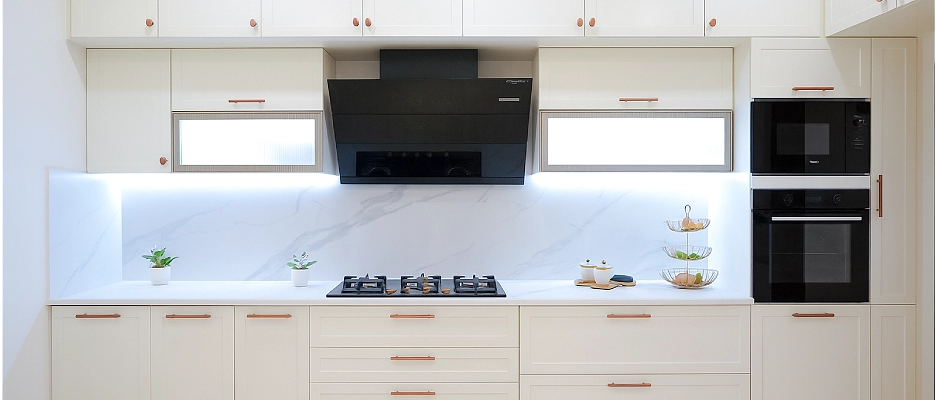




In today's modern and high-stress world, our homes need to be more than just comfortable, and they must also promote mental wellness. Thoughtfully designed interiors by the best interior designers in Bangalore can significantly impact our mood and improve sleep. This blog explores how to generate spaces that actively support emotional health through interior design.
1. The Connection Between Home Design and Mental Health
The design of your home by the best home interior designers in Bangalore affects how you feel and function. Poor lighting and cluttered spaces can negatively impact your mental state, while open layouts and natural light can improve it. Research shows that people living in well-designed homes by the best home interior designers in Bangalore report lower stress levels and greater life satisfaction.
2. Natural Light and Ventilation
Natural light can enhance mood and focus. Make sure to get maximum sunlight exposure by:
Installing large windows.
Utilizing light, sheer curtains.
Placing mirrors opposite windows to reflect light.
3. Color Psychology in Interior Design
Colors create emotional responses. For example:
Blue and green: These colors are calming and associated with nature.
Yellow: It uplifts and energizes.
Soft neutrals: It promotes relaxation.
4. Decluttering and Organization
Decluttering can increase anxiety. Adopt minimalism as a style in your lifestyle.
5. Biophilic Design: Bringing Nature Indoors
Plants improve a sense of calm. It includes:
Indoor plants like snake plants and pothos.
Natural elements can be considered.
6. Comfortable and Cozy Furniture
For living and workspaces, consider investing in ergonomic and plush seating.
7. Creating a Sleep-Friendly Bedroom
Design your interiors with the best interior decorators in Bangalore to encourage rest:
Utilize blackout curtains.
Select calming wall colors.
Limit electronics.
8. Designing a Home Office for Focus
Work-from-home is becoming common in the office. A well-designed office interior by the Best Interiors in Bangalore can improve productivity and reduce burnout.
Position your desk near natural light.
Select a comfortable chair.
Utilize a soothing color palette like light blue and sage green.
9. Textures and Materials for a Soothing Touch
Textures can create comfort. Combine the soft textiles with natural materials.
10. Personalized Spaces
Place your personal things in your surroundings. It includes photos, art, and books. Avoid overdecorating, but make the space feel like it's yours.
11. Soundscaping and Acoustics
Noise is important. Improve acoustics by:
Utilizing carpets and curtains to absorb sound
Utilizing background music or white noise.
12. Creating “Wellness Zones”
Create corners for wellness activities:
A prayer room
A reading corner with soft lighting
13. Smart Home Features That Reduce Stress
Smart lighting and temperature control can give the vibe.
14. Scent and Mental Wellness
Using essential oils is also a powerful tool. Consider scented candles and diffusers in your design.
15. Inclusive Design for Family Wellness
Always consider the needs of every family member, which includes children and the elderly.
Zones for kids' safety.
Easy accessibility and mobility for seniors
A well-designed home interior by the best home interior designers in Bangalore can be a sanctuary. From the color palette to lighting, every choice you make can help create a space that looks beautiful and supports your mental well-being.